Time:2025-03-14 06:12:07 Source:Sanjian Meichen Steel Structure
The industrial steel structure painting process is a multi-step process designed to protect the steel from corrosion and enhance its aesthetic appeal. A well-executed industrial steel painting process enhances durability, prevents rust, and maintains structural integrity. Following standard protocols ensures a long-lasting protective coating.

Cleaning: Removing dirt, oil, grease, mill scale, rust, weld spatter, and other contaminants is the most critical step. Methods include:
Solvent Cleaning: Used to remove oils, greases, and other organic contaminants. Often involves wiping, spraying, or immersion using solvents like mineral spirits or specialized degreasers.
Alkaline Cleaning: Uses alkaline solutions to remove oils, greases, and sometimes rust. Effective for removing stubborn oily residues.
Steam Cleaning: Uses high-pressure steam to blast away dirt and grease.
Mechanical Cleaning:
Wire Brushing/Grinding: Used for localized rust removal or to prepare edges and welds.
Power Tool Cleaning: Using rotary or needle scalers, angle grinders with abrasive discs, or other power tools to remove rust, mill scale, and other debris. Important to choose the correct tool and abrasive for the steel and coating.
Abrasive Blasting (Sandblasting, Grit Blasting, Shot Blasting): This is the most effective method for removing mill scale and rust and creating a profile (roughness) on the steel surface to which the paint can adhere.
Media: The choice of abrasive media (sand, steel grit, steel shot, aluminum oxide, etc.) depends on the required profile, steel grade, and environmental regulations.
Steel grit or shot is often preferred for structural steel due to its effectiveness and recyclability.
Blast Standards: Abrasive blasting must meet specific cleanliness standards, most commonly defined by:
SSPC (Society for Protective Coatings) and NACE (National Association of Corrosion Engineers): These organizations have merged to form the AMPP (Association for Materials Protection and Performance). Common standards include:
SSPC-SP 5/NACE No. 1 (White Metal Blast Cleaning): The most thorough, leaving a nearly white metal surface with no visible rust, mill scale, or contaminants.
SSPC-SP 10/NACE No. 2 (Near-White Metal Blast Cleaning): Allows for very slight staining, but still a very clean surface.
SSPC-SP 6/NACE No. 3 (Commercial Blast Cleaning): Allows for more staining, but removes loose rust, mill scale, and other contaminants.
SSPC-SP 7/NACE No. 4 (Brush-Off Blast Cleaning): The least thorough, only removing loose material.
ISO 8501-1: An international standard for rust grades and preparation grades of steel substrates before application of paints and related products.
Profile Measurement: After abrasive blasting, the surface profile (roughness) is measured using specialized tools like replica tape or surface profile gauges. The specified profile is critical for proper paint adhesion.
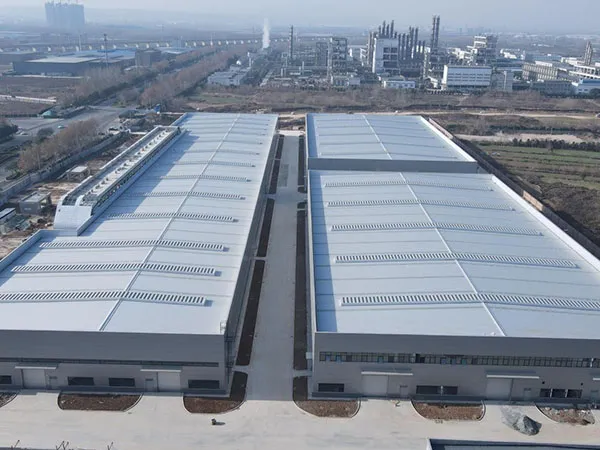
Primer Application: The primer is the first coat applied and is crucial for corrosion protection and adhesion of subsequent coats.
Primer Types:
Zinc-Rich Primers: Provide excellent cathodic protection, often used in highly corrosive environments. Can be inorganic (e.g., silicate-based) or organic (e.g., epoxy-based).
Epoxy Primers: Excellent adhesion, chemical resistance, and durability. Widely used for structural steel.
Urethane Primers: Good flexibility and abrasion resistance.
Acrylic Primers: Fast-drying and good adhesion, often used as a base for acrylic topcoats.
Application Methods:
Airless Spraying: The most common method for applying industrial coatings. Provides good coverage and a uniform film thickness.
Air-Assisted Airless Spraying: Combines airless and air spraying for better atomization and reduced overspray.
Conventional Air Spraying: Older method, but still used for some applications. Can be less efficient and create more overspray.
Brush or Roller Application: Used for small areas, touch-ups, or where spraying is not feasible.
Intermediate Coat (Optional): Sometimes an intermediate coat is applied between the primer and topcoat. This coat can provide additional corrosion protection, build film thickness, or improve the appearance of the topcoat.
Topcoat Application: The topcoat provides the final layer of protection and the desired aesthetic properties (color, gloss).
Topcoat Types:
Epoxy Topcoats: Excellent chemical resistance, hardness, and durability. However, they can chalk and fade in sunlight.
Polyurethane Topcoats: Excellent UV resistance, gloss retention, and abrasion resistance. Often used as a topcoat over epoxy primers.
Acrylic Topcoats: Good UV resistance, color retention, and fast-drying. Often used for architectural coatings.
Alkyd Topcoats: Relatively inexpensive, but less durable than epoxy or polyurethane.
Application Methods: Same as for primers (airless spraying, air-assisted airless spraying, conventional air spraying, brush, or roller).
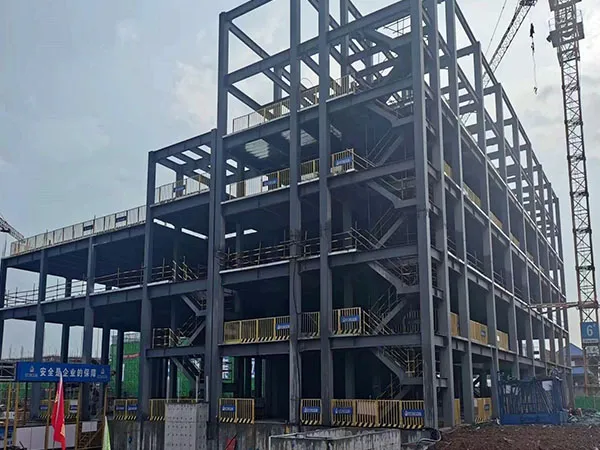
Visual Inspection: Checking for defects such as runs, sags, drips, pinholes, holidays (missed spots), and uneven coverage.
Wet Film Thickness Measurement: Ensuring the correct thickness of each coat while it's still wet.
Dry Film Thickness Measurement (DFT): Measuring the thickness of the dried coating using a DFT gauge. This is a critical measurement to ensure that the specified coating thickness has been achieved.
Adhesion Testing: Checking the adhesion of the coating to the steel substrate using methods like:
Pull-Off Testing: A dolly is glued to the coating and then pulled off using a tensile tester. The force required to remove the dolly is measured to determine the adhesion strength.
Cross-Cut Tape Test: A series of cuts are made in the coating, and tape is applied and then removed. The amount of coating removed with the tape indicates the adhesion.
Holiday Detection: Using a holiday detector (spark tester) to identify pinholes or thin spots in the coating. The detector emits a high-voltage spark that jumps to the steel substrate where the coating is too thin.
Environmental Monitoring: Monitoring temperature, humidity, and dew point during the application process to ensure that the coating is applied under optimal conditions.
Documentation: Maintaining detailed records of all aspects of the painting process, including surface preparation, coating materials, application methods, environmental conditions, and inspection results.
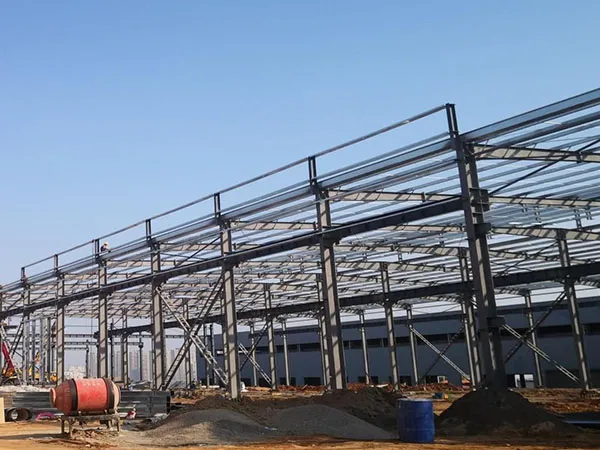
Allow the applied coatings to cure according to the manufacturer's recommendations. Curing times vary depending on the type of coating, temperature, and humidity.
For some coatings, forced curing (using heat) may be required to achieve the desired properties.
Key Considerations and Best Practices:
Manufacturer's Specifications: Always follow the coating manufacturer's instructions for surface preparation, mixing, application, and curing.
Safety: Use appropriate personal protective equipment (PPE) such as respirators, gloves, eye protection, and hearing protection.
Environmental Regulations: Comply with all applicable environmental regulations regarding air emissions, waste disposal, and VOC (volatile organic compound) content.
Competent Personnel: Ensure that all personnel involved in the painting process are properly trained and qualified.
Application Equipment: Use well-maintained and calibrated application equipment.
Contamination Control: Prevent contamination of the coating materials and the prepared steel surface.
Weather Conditions: Avoid painting in adverse weather conditions such as rain, high humidity, or extreme temperatures.
Accessibility: Ensure proper access for surface preparation, painting, and inspection.
In summary, the industrial steel structure painting process is a comprehensive procedure that requires careful planning, execution, and quality control to ensure the long-term protection and performance of the steel structure. The specific steps and materials used will depend on the environment, the intended use of the structure, and the project requirements. Consulting with a qualified coatings specialist is recommended to select the appropriate coating system and application procedures.
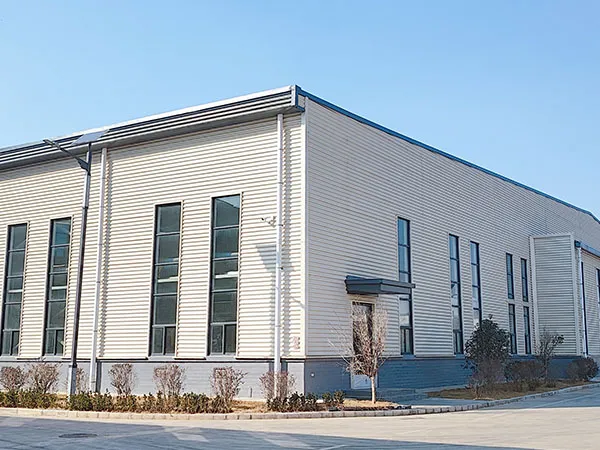
Steel Structure Workshop
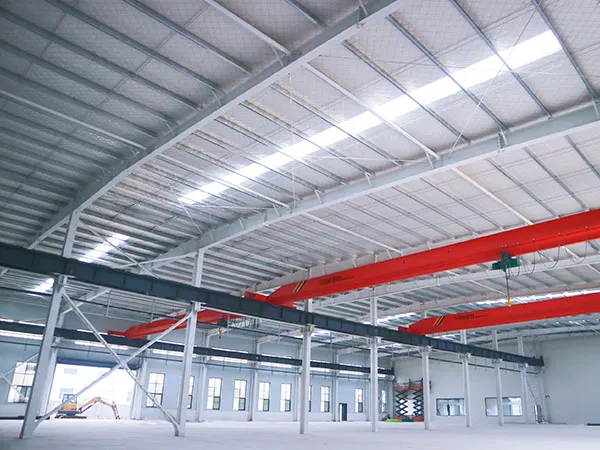
Steel Structure Factory
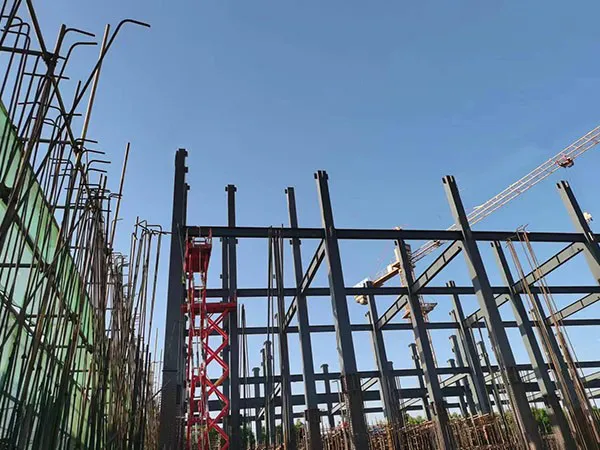
Steel Structure Cold Storage
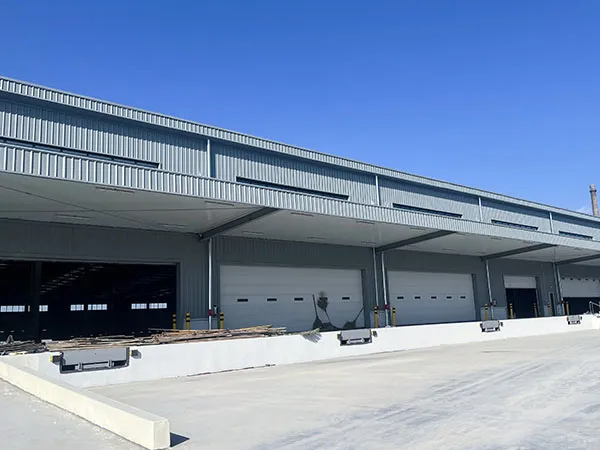
Logistics Park B04 Warehouse Steel Structure Project
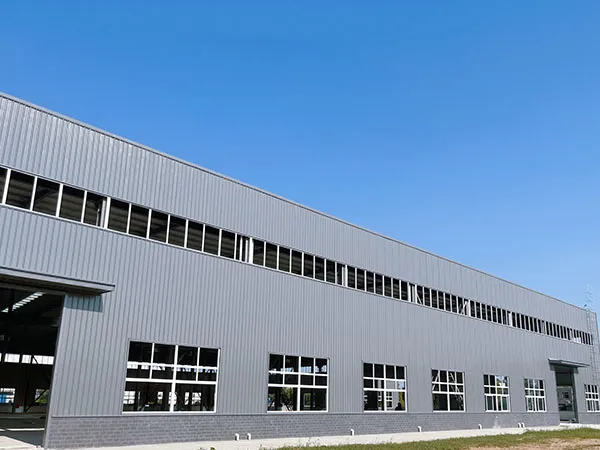
Electrical Steel Structure Factory Project
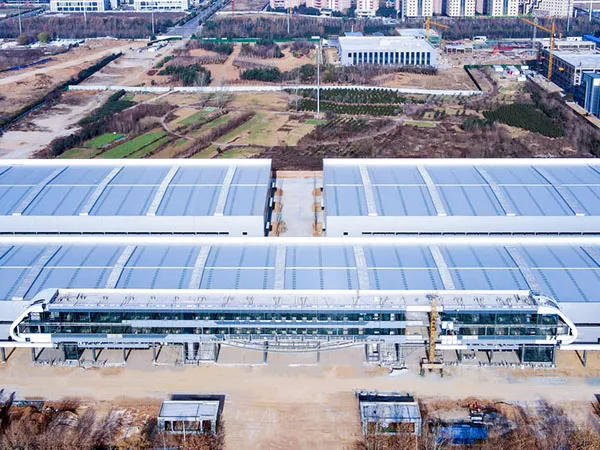
Industrial Park Steel Structure Factory
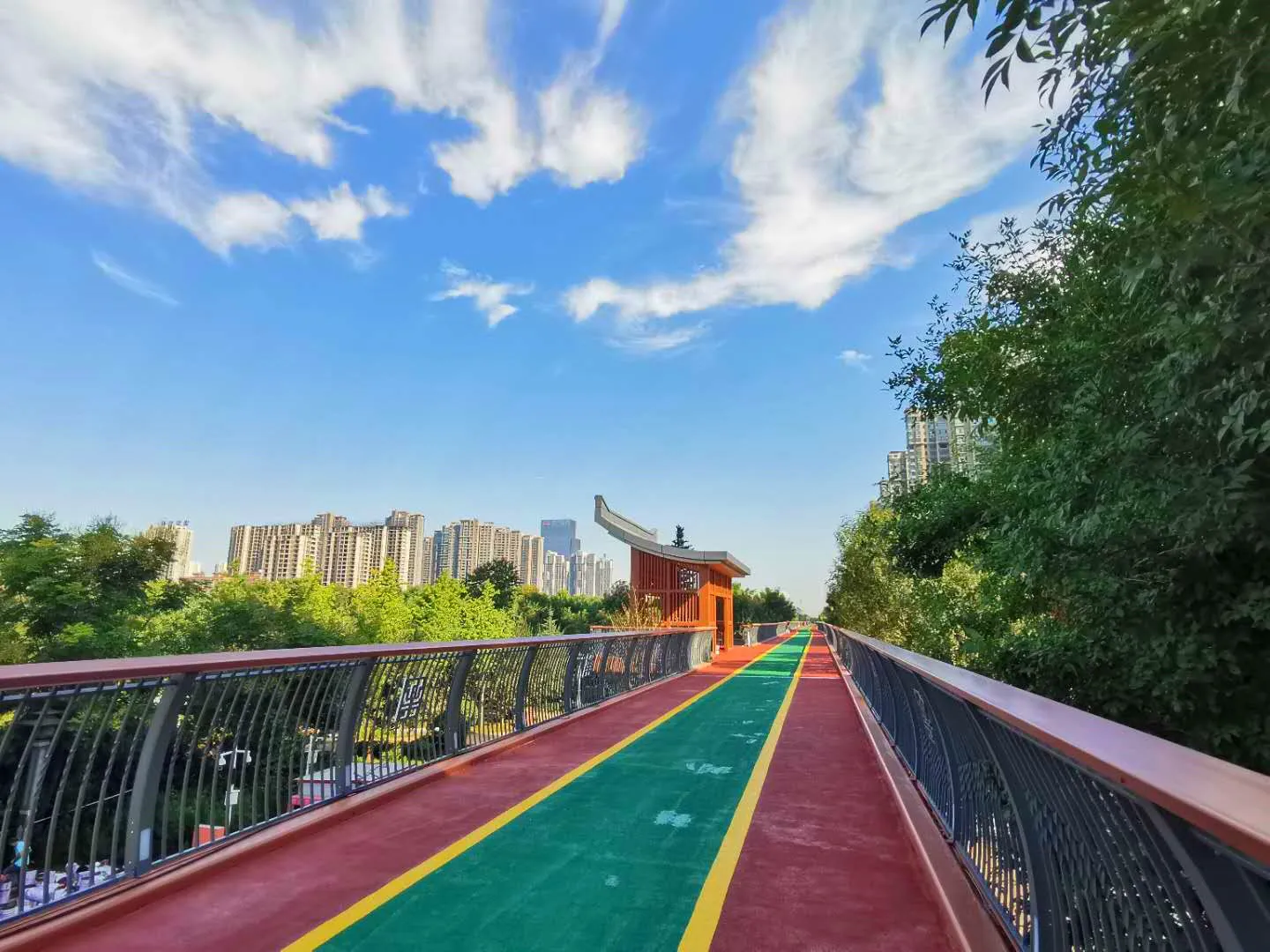
Luoyang Xingluo Lake Park Ledao Steel Structure Bridge Project
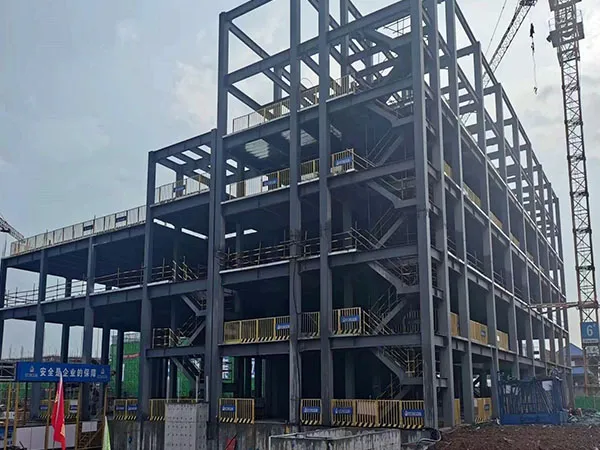
Luoyang Cold Chain Logistics Project